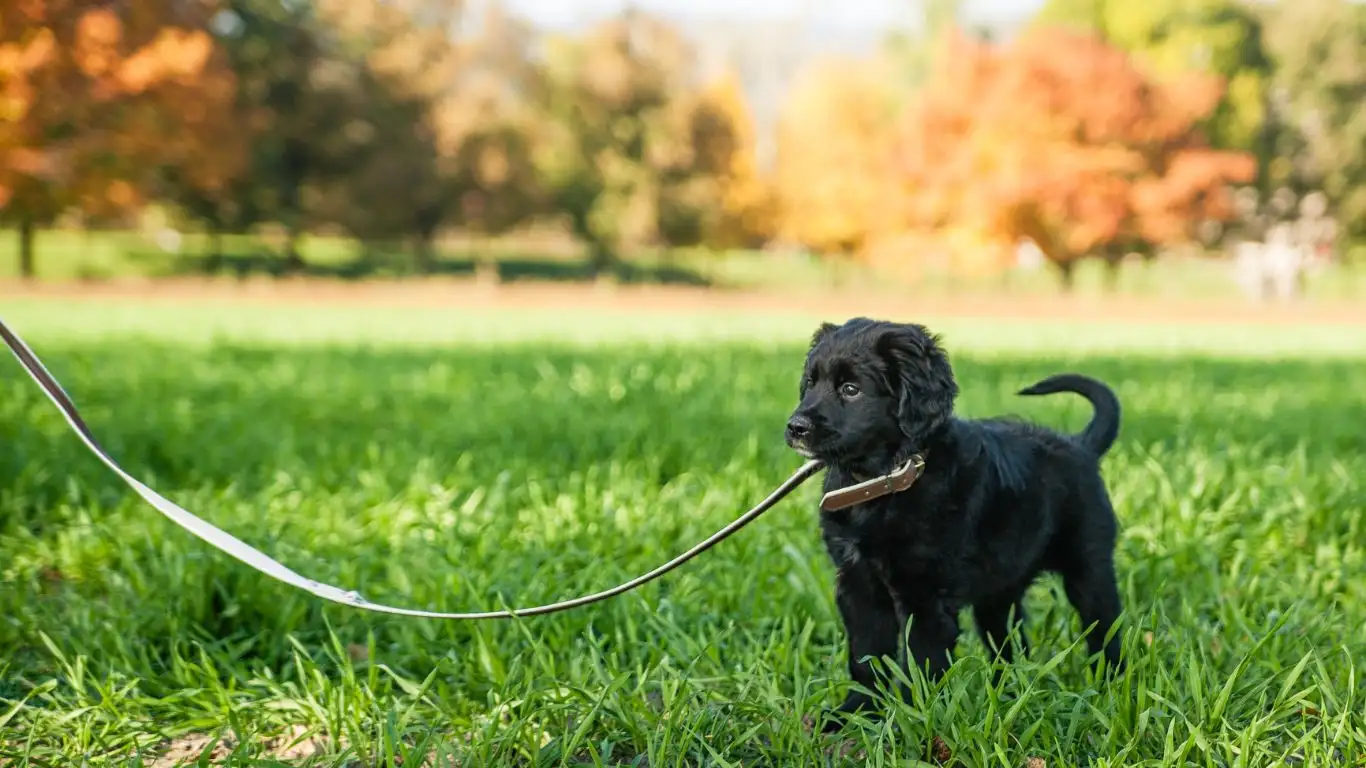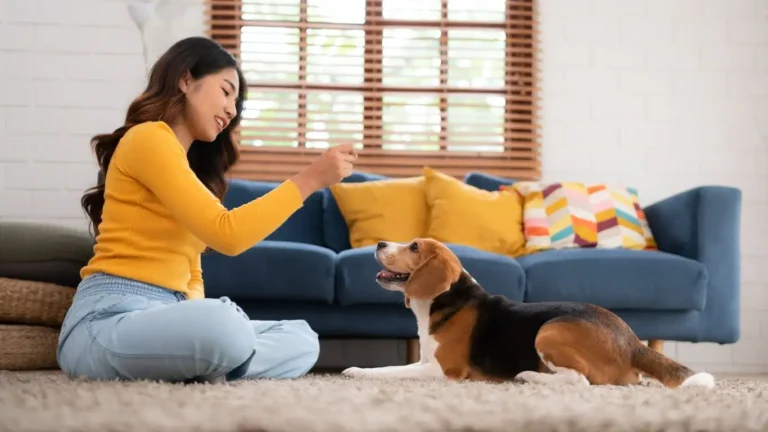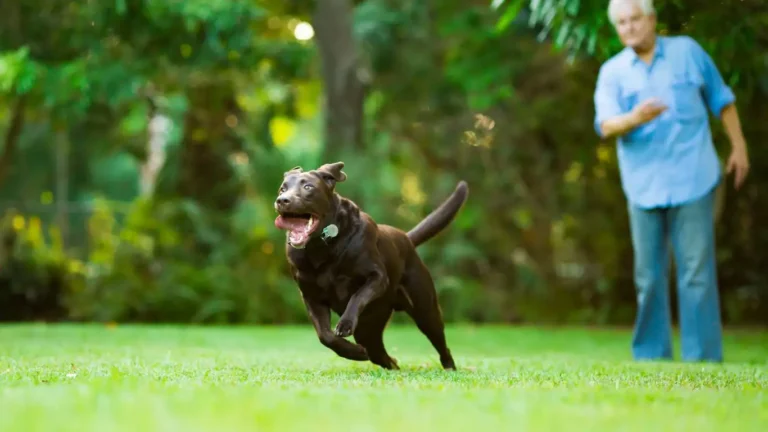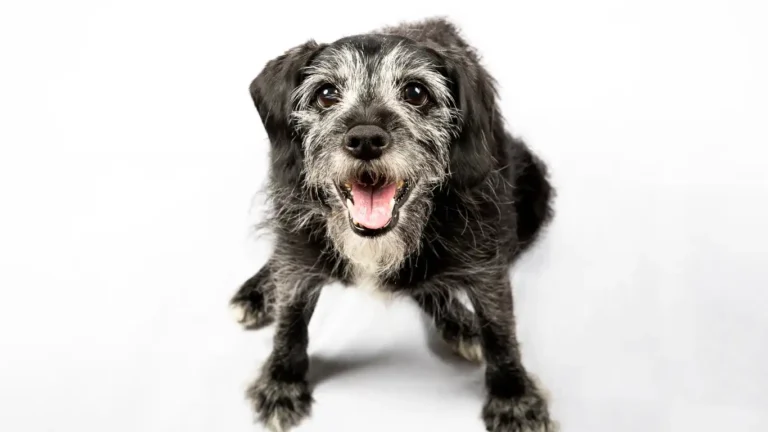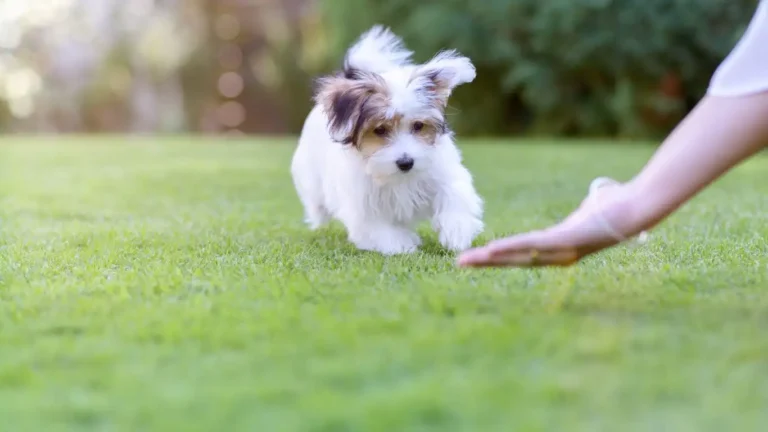How to Train a Dog to Relax During Flights: Stress-Free Travel Guide
If you’re wondering how to train a dog to relax during flights, I’ve been in your shoes — and your dog’s paws, so to speak. As a Canine-Assisted Therapy Trainer, I’ve spent countless hours helping dogs (and their humans) navigate the stress of airports, the unfamiliar hum of jet engines, and the chaos that comes with leaving solid ground. Traveling with a dog doesn’t have to be a nerve-wracking experience. In fact, with the right preparation and a relaxed, consistent approach, your dog can actually learn to chill mid-air, just like they do at home on the couch. Let me walk you through what’s worked for me and my clients, because trust me — I’ve seen the full range, from sky-phobic pups to total mile-high naturals.
Why Some Dogs Struggle with Flying
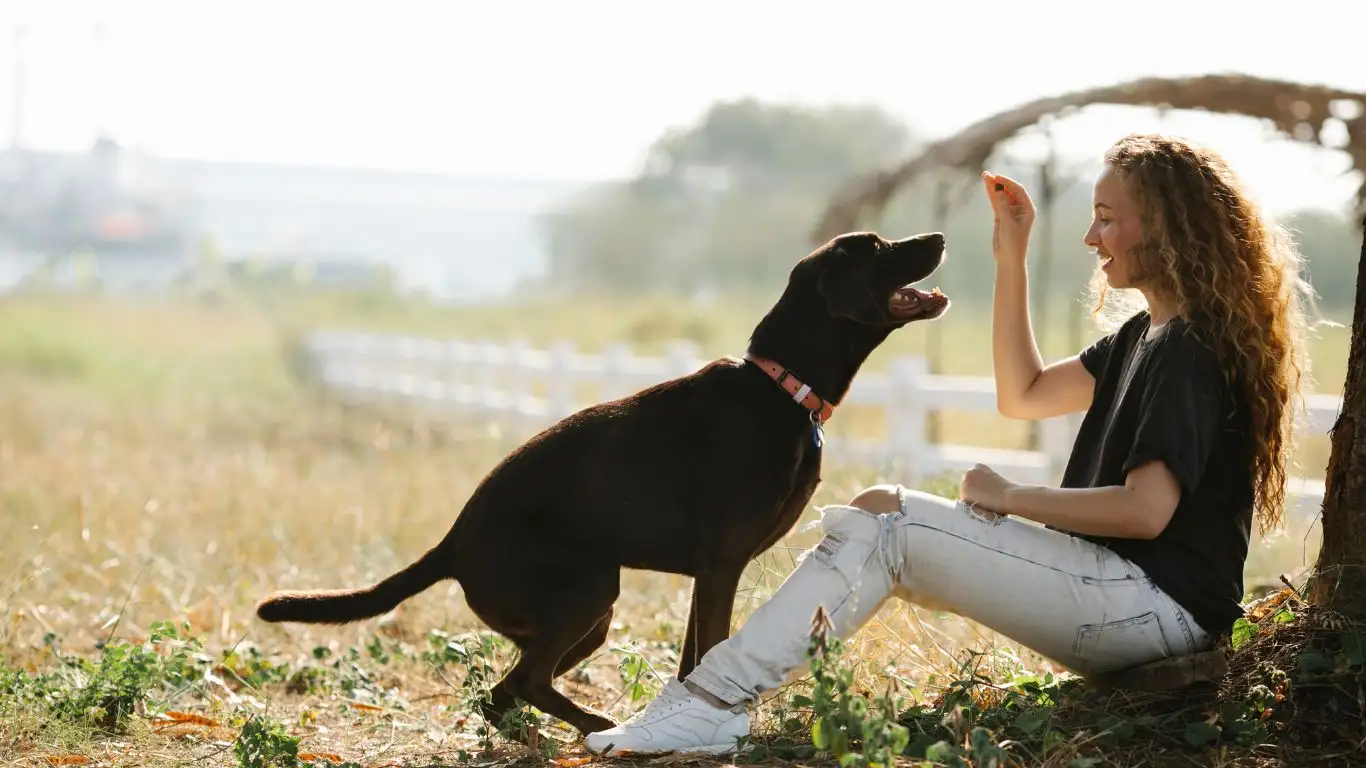
Let’s be honest — airports are designed for people, not pets. The flashing lights, loudspeaker announcements, TSA lines, rolling suitcases, and the sheer volume of strange smells can send even the most confident dog into a spiral. From a dog’s perspective, this sudden change in environment can feel overwhelming and even threatening. The stress hormones kick in, and without proper training, your dog may react with shaking, barking, whining, or even attempting to escape the carrier mid-flight.
Understanding this is step one. It’s not that your dog is being “bad” — they’re simply unprepared for the sensory overload. And just like you wouldn’t jump out of a plane without some training (I hope), your pup deserves that same consideration before stepping paw into the terminal.
Common Triggers for Flight Anxiety
Over the years, I’ve noticed some triggers pop up again and again. Recognizing them helps you train with intention, not just guesswork.
- Unfamiliar Sounds: From roaring jet engines to PA announcements, noise can be a huge stressor.
- Confinement: Crates can feel like a prison if your dog hasn’t been gradually introduced to them.
- Motion Sensitivity: Some dogs, especially small breeds, react to turbulence the same way people do with motion sickness.
- Separation Anxiety: Being in a carrier under the seat or in cargo can trigger attachment-related stress.
These aren’t just behavioral quirks — they’re real fears that can be soothed with the right training techniques. This is where we begin shifting your dog’s experience from panic to peace.
Start with Ground Work: Building a Travel-Ready Mindset
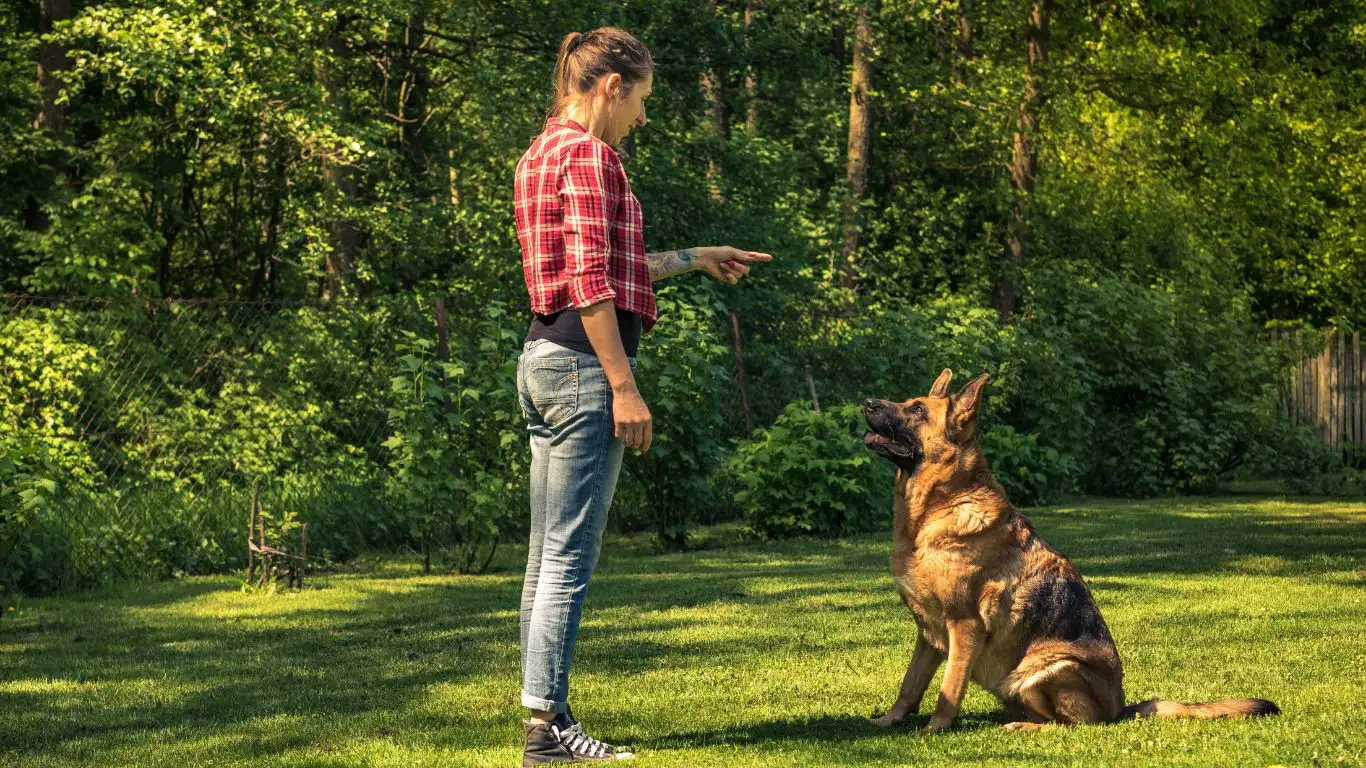
Before you ever set foot in an airport, your dog should already be familiar with the elements of travel. I always say: Train on the ground before you fly in the sky. It’s not glamorous, but this foundational work is what makes a relaxed flight possible.
1. Crate Training with Intention
Most airlines require your dog to be in an IATA-compliant crate or soft-sided carrier. So let’s make that space a sanctuary. Here’s what’s worked for me and my therapy dogs-in-training:
- Start by leaving the crate open in your home, tossing in treats, toys, or even feeding meals inside. Zero pressure.
- Gradually increase the amount of time your dog spends inside with the door closed — but always associate it with calm, good things.
- Add some flight-simulated background noise using YouTube clips of airplanes or ambient airport sounds. Play it quietly at first, then build up.
Think of it like this: you’re not just crate training — you’re creating a mobile comfort zone.
2. Create Positive Associations with Airports
Whenever possible, I recommend doing “field trips” to the airport parking lot or nearby outdoor areas. Let your dog sniff around, hear the planes overhead, and soak in the vibe — all while you’re casually chilling beside them. Bring their favorite treats and act like it’s the most normal, fun day ever.
This desensitization is gold. I once had a golden retriever named Leo who would tremble at the sound of an escalator. A few short weekly visits (paired with peanut butter snacks and gentle exposure) made all the difference before his big flight to Boston.
How to Train a Dog to Relax During Flights: The Essentials
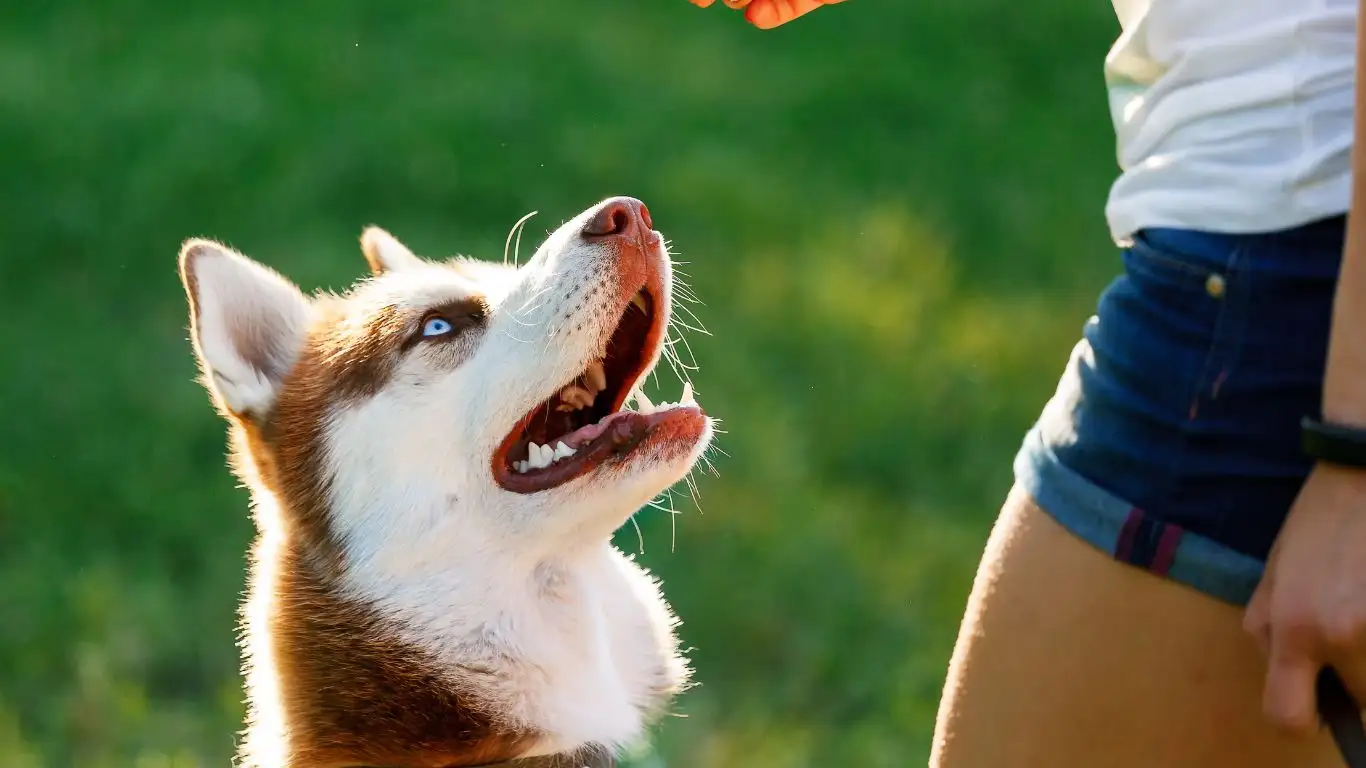
Let’s get into the actual flight prep. If your dog’s first introduction to flying is the day of departure, you’re already setting up a rough ride. Here’s what I recommend focusing on at least a month in advance:
1. Simulate the Travel Experience
Set up your living room like a makeshift cabin. Seriously. Crate on the floor, some low-level “airplane white noise,” and even pretend to buckle your seatbelt and sit near your dog for 30–45 minutes. This gets your dog used to being calm in close quarters with minimal stimulation — and it’s one of the best ways to train their nervous system to stay relaxed.
2. Practice Calm on Command
Teaching your dog a “settle” cue is an absolute game changer. With repetition and reward-based reinforcement, your dog learns to associate the cue with lying down and relaxing. Here’s a basic rundown:
- Choose a calm environment and wait for your dog to naturally lie down.
- Mark the behavior with a cue like “settle” and reward with a treat.
- Gradually begin using the cue in new environments, including noisy or public places.
When I fly with my own pup, I use this cue during takeoff — it helps him stay grounded (pun fully intended) even as the wheels leave the tarmac.
3. Timing Meals and Potty Breaks
This is a detail that often gets overlooked but makes a world of difference. A full stomach right before takeoff can lead to nausea or discomfort, so I usually feed the last small meal 4 hours before the flight. And always make sure to offer a final potty break right before checking in.
Many airports now offer pet relief areas, but you should still be ready with cleanup supplies and know the terminal layout ahead of time. Being proactive beats panic — every single time.
Staying Calm at the Airport: Your Dog Feeds Off Your Energy
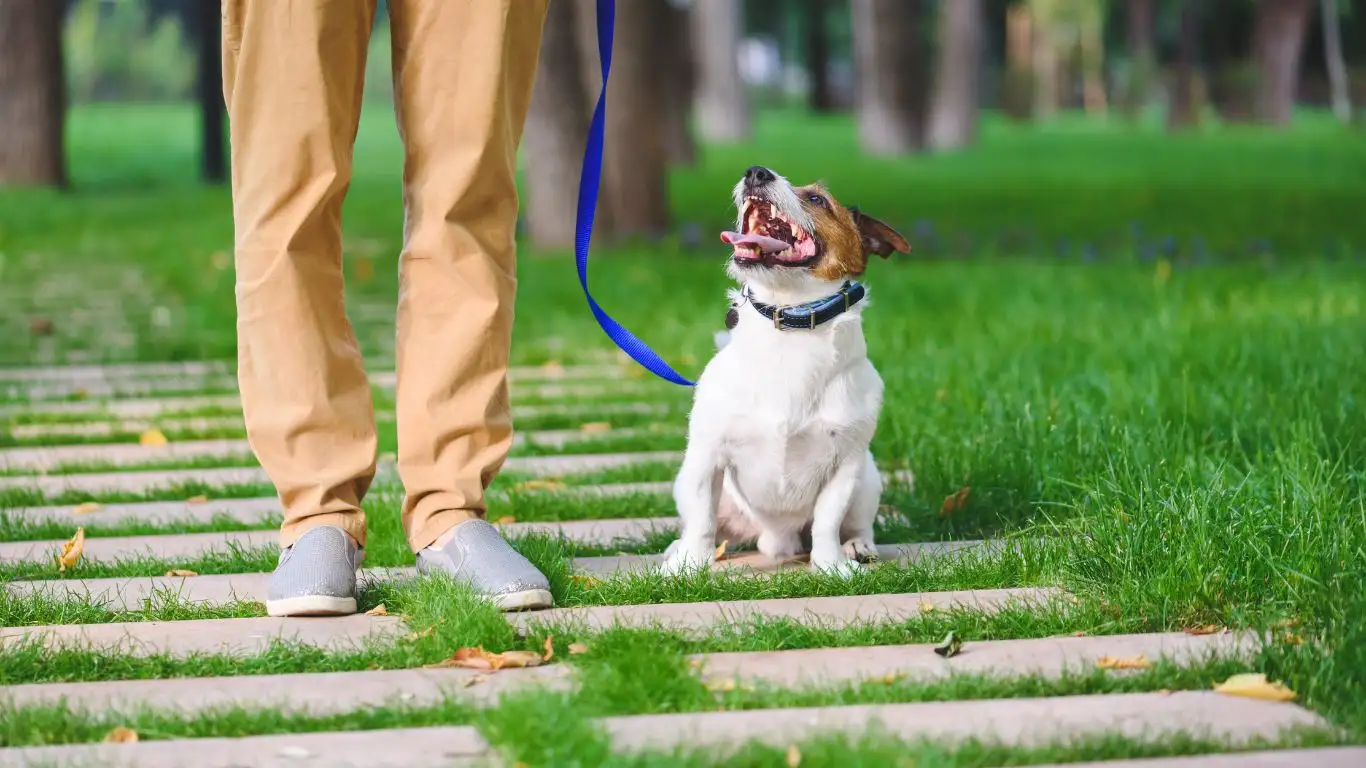
Now that your pup is prepped at home, it’s time to bring that training into the real world. This is where things can get a little unpredictable, but don’t stress — with a little planning and a calm mindset, you can handle it. One thing I always remind my clients (and sometimes myself!) is that your dog feeds off your energy. If you’re pacing, anxious, or flustered at TSA, your dog will mirror that tension. On the flip side, if you treat the whole experience like a casual walk in the park, your dog’s more likely to stay relaxed too.
I once helped a client named Jamie travel with her rescue husky mix, Luna. Luna had never flown before and was pretty sensitive to new environments. Jamie stayed upbeat through every checkpoint, rewarded calm behavior, and even gave Luna little “pep talks” while waiting to board. That steady reassurance made a noticeable difference, and Luna ended up snoozing most of the flight like a seasoned traveler.
1. Arrive Early, But Not Too Early
Give yourself time, but don’t turn it into an all-day marathon at the terminal. I usually recommend arriving 2 to 2.5 hours before your flight. That gives you enough wiggle room for security and unexpected hiccups, but not so much downtime that your dog starts getting restless before you’ve even boarded.
2. Use the Pet Relief Area (Even If They Just Went)
Seriously — always make one last stop. Even if your dog pottied before leaving the house, the change in routine and nerves can mess with their schedule. I always treat this like a non-negotiable pit stop. Plus, walking around a bit helps burn off some nervous energy before boarding.
3. Reward the Calm
Remember that “settle” cue from Part 1? Now’s the time to reinforce it like crazy. Any time your pup lays down, sighs, or even just quietly observes without barking, reward that chill behavior. You’re shaping their emotional response to this chaotic place and telling them: “Hey, this is what we want.” Soft training treats or kibble bits are perfect for this.
Boarding the Plane: Keep It Smooth and Predictable
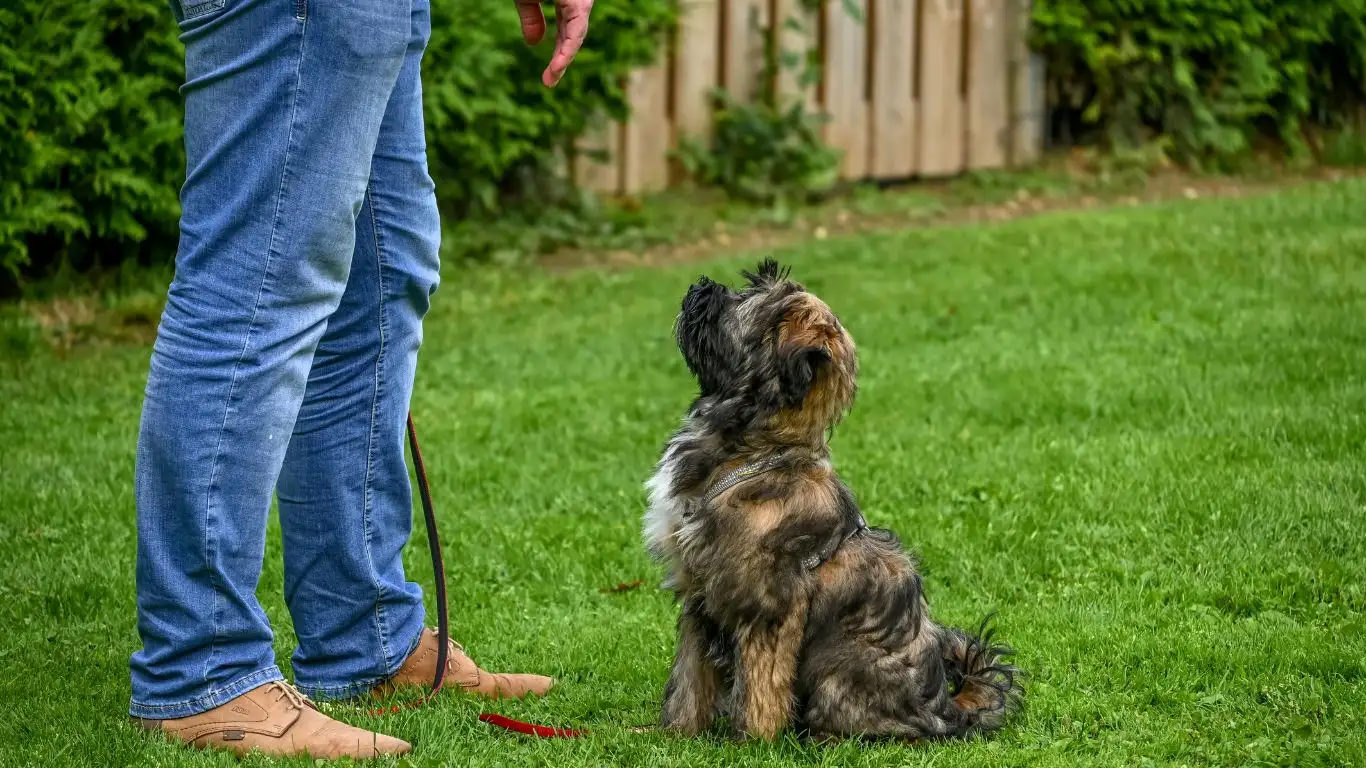
Boarding can be a pinch point for many dogs. There’s a crowd of people, a line that moves unpredictably, and narrow aisles. The key here? Plan your entry and make it calm and confident.
1. Choose Your Seat Wisely
If your dog is flying in-cabin with you, try to select a window seat so they have fewer distractions. Avoid sitting near the galley or bathroom where traffic is constant. Some airlines allow advanced seat selection for pets — it’s worth the small upgrade.
2. Make the Carrier Feel Familiar
Just before boarding, tuck a used t-shirt or small blanket with your scent into the carrier. Familiar smells can do wonders in unfamiliar environments. I even recommend doing this during crate training at home to create a positive, cozy association.
3. Skip the Sedatives (Talk to Your Vet Instead)
As a trainer, I get asked this all the time: “Should I sedate my dog for the flight?” My answer is usually a no — unless your vet has specifically advised otherwise. Sedatives can interfere with your dog’s ability to balance, regulate temperature, and respond to stress. Instead, discuss natural calming aids with your vet like CBD chews, pheromone sprays, or calming supplements that won’t dull their senses but can take the edge off.
In-Flight Routine: Managing Mid-Air Calm
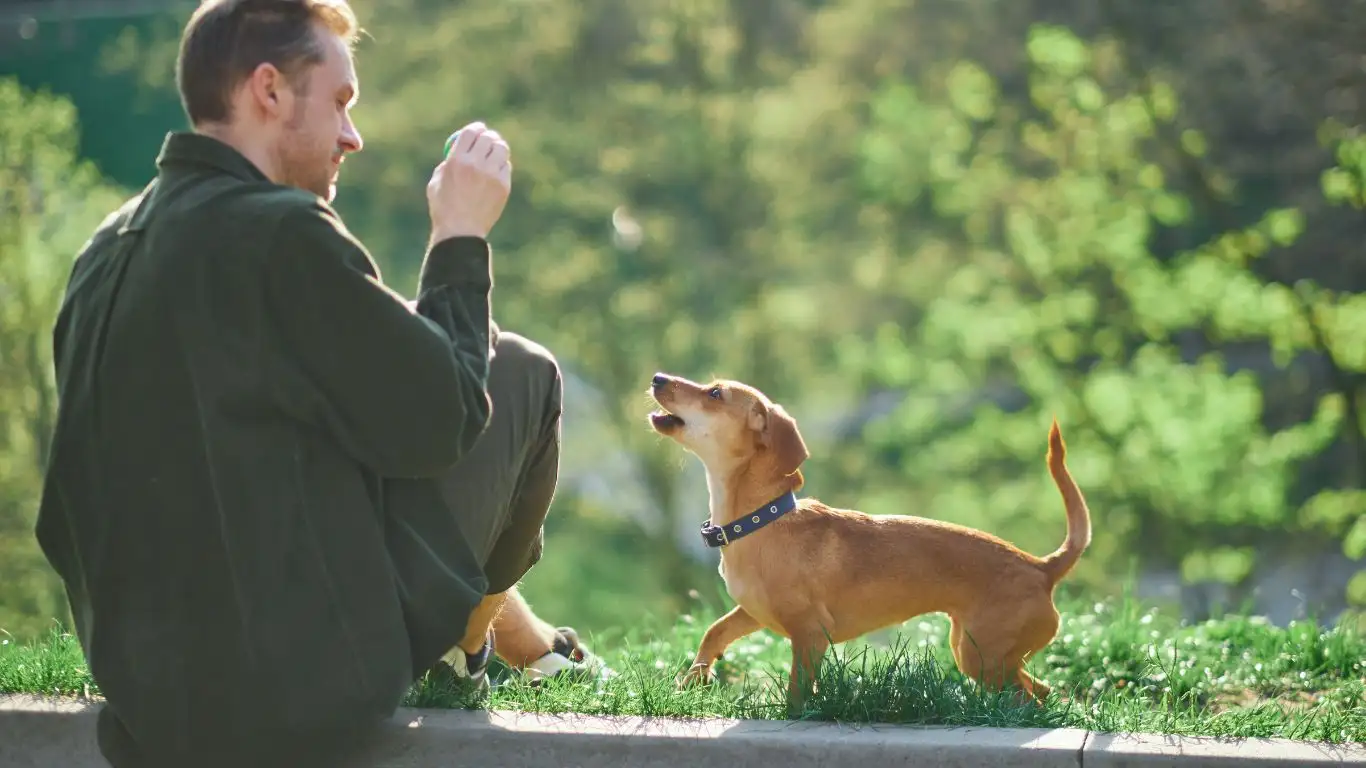
Okay, you’ve made it into the air — now what? Even the most well-prepared dogs can get a little squirmy at 35,000 feet, but this is where your earlier training really pays off.
1. Stay Calm During Takeoff and Landing
These are the noisiest, most motion-filled parts of the flight. If your dog is in-cabin, speak softly and reassuringly. I usually place my hand on the carrier and quietly repeat a familiar word or cue like “easy” or “settle.” It’s not just the physical motion — the pressure changes in the cabin can cause ear discomfort too, just like with humans. Chewing on a frozen treat or licking a peanut butter-stuffed toy can help relieve that pressure naturally.
2. Don’t Overdo the Attention
This might sound counterintuitive, but too much doting can actually backfire. If you’re constantly unzipping the carrier, talking, or hovering, your dog may think something’s wrong and become more alert. I’ve found it’s better to be consistent and neutral — a quick check-in and soft praise when they’re calm is perfect. Let them sleep if they want to. Remember, you’ve already done the hard part.
3. Hydration, Not Snacks
You might be tempted to feed your pup mid-flight, but I typically skip food entirely during shorter flights (under 5-6 hours). Instead, offer small sips of water using a collapsible bowl or a bottle with a lickable spout. Dry cabin air can dehydrate dogs just like it does humans, so little sips throughout are great.
Quick tip from experience: Bring some pre-soaked cotton pads or wet wipes to gently wipe their face or paws if they seem overheated. It’s a small act of comfort that’s helped dozens of my canine flyers feel more grounded in the sky — especially the fluffy ones.
What to Do If Your Dog Starts to Panic Mid-Flight
Even with the best prep, dogs are still dogs. Unexpected turbulence, a loud sneeze from the passenger behind you, or cabin lights flipping on can set some dogs off. Don’t panic — this is your chance to put your training into action.
- Stay calm: Your dog’s looking to you for leadership. Take a deep breath, center yourself first.
- Use a familiar cue: Try “settle” or “easy,” and reward if your dog begins to relax again.
- Block distractions: Drape a light towel over the carrier to reduce visual input, especially if you’re flying during daylight hours.
- Offer comfort items: That t-shirt with your scent? Pull it out. Chew toys, a small lick mat, or calming sprays can also help.
Don’t be afraid to advocate for your dog if needed. If the flight attendants seem open to it, politely let them know you’re managing a nervous animal and may need a moment to calm them. Most are understanding when they see you’re being proactive and considerate.
After the Flight: Helping Your Dog Settle in a New Environment

You made it! Touchdown feels like a major win — and it is — but don’t let your guard down just yet. Your dog’s stress levels might still be elevated after the flight, especially if it was their first time or if the landing was bumpy. The way you help them transition to the new environment can set the tone for the rest of the trip.
Right after landing, I like to give the dog a chance to decompress. Let them sniff around, stretch, drink some water, and shake off the flight (literally). Remember, everything smells different — hotel rooms, Airbnbs, relatives’ houses — and dogs explore the world through scent first. Give them some space and let them process their new setting before expecting perfect behavior.
1. Stick to a Familiar Routine
Dogs thrive on consistency. Even in a new city or country, try to replicate your home schedule as closely as possible. Meals, walks, bedtime — the more predictable you make things, the quicker your dog will adjust. I always bring a travel-sized version of my dog’s food bowl and his favorite mat from home. These little familiar cues make a big difference, especially during the first 24 hours.
2. Don’t Overstimulate
It can be tempting to jump straight into activities after you land — sightseeing, family visits, or heading to an event — but give your dog a chance to rest. After flying, dogs often experience what’s called sensory fatigue. Too many new smells, sounds, and people can lead to reactivity or regression in training. A quiet walk and a nap? That’s the better choice for day one.
3. Keep Practicing Relaxation Cues
This part is key. Just because the flight is over doesn’t mean the training stops. I always continue using the “settle” and “easy” cues during the entire trip. Reinforcing calm behaviors in new environments helps your dog generalize the skill — meaning they’ll be able to relax anywhere, not just at home.
When Things Don’t Go as Planned (Because Sometimes, They Won’t)
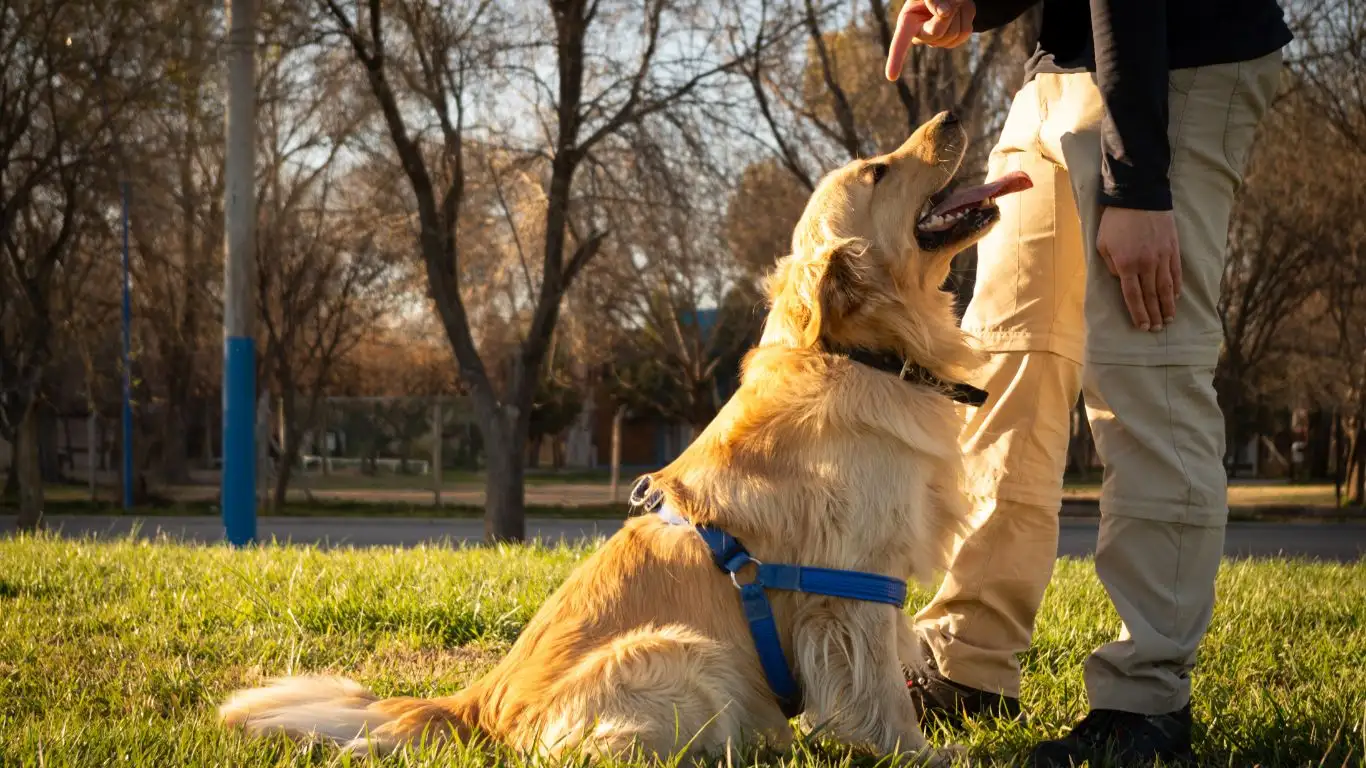
Despite the best preparation, things happen. Maybe there was unexpected turbulence, or maybe your hotel room is near a busy street and your dog can’t relax. First of all, you’re not alone — I’ve had clients call me from hotel bathtubs because their dog was hiding behind the toilet refusing to come out (true story). What matters most is how you respond.
1. Be Patient, Not Perfect
Travel exposes your dog to new challenges. It’s okay if they regress a little. That doesn’t mean you’ve failed, or that they’re not cut out for flying. Go back to basics, reset expectations, and take a deep breath. Your calm presence will do more to help your dog than any treat or tool.
2. Know When to Say “Not This Time”
One thing I always emphasize with clients — and practice myself — is knowing your dog’s limits. Not every dog is a good candidate for air travel, and that’s perfectly okay. If your dog is highly anxious even after training, or if they have serious health issues, you might be better off with a pet sitter or certified boarding facility. Your dog’s wellbeing matters more than convenience or plans.
3. Keep Building Positive Experiences
Each trip is a learning opportunity. If you treat flying like just another life skill — like leash walking or vet visits — it becomes easier with each repetition. I had a therapy dog named Jasper who was a mess on his first flight. Now? He sleeps like a rock from takeoff to landing. It’s all about repetition, trust, and making every experience just a little bit better than the last.
Resources I Trust for Safe, Happy Canine Travel
If you’re serious about learning how to train a dog to relax during flights, I always encourage people to explore credible, science-backed sources alongside personal experience. Here are a few of my go-to references and organizations:
- American Kennel Club (AKC) — They have detailed info on travel prep, crate training, and breed-specific travel tips.
- PetMD — A trusted source for health and safety considerations, especially if you’re thinking about calming aids or supplements.
- National Institutes of Health (NIH) — For research-based insights on animal stress, behavioral science, and human-animal interactions.
- Health.com — Occasionally shares solid pet wellness advice from licensed vets and animal behaviorists.
Just remember, always cross-reference advice and talk to your vet or a certified trainer when in doubt. I’ve seen way too much bad info shared in forums and social media groups — what works for one dog might be harmful for another.
Final Thoughts
Flying with your dog doesn’t have to be a dreaded event. With the right preparation, patience, and mindset, it can actually be an experience that strengthens your bond. As someone who’s worked hands-on with countless dogs (from lap-sized Chihuahuas to 80-pound labs), I promise that most dogs — yes, even the anxious ones — can learn to travel calmly and confidently.
It’s not about being perfect. It’s about being present, tuned in, and willing to work through it together. Your dog doesn’t need you to have all the answers — just to be their safe space when the world gets loud.
Disclaimer
The information in this article is based on my professional experience as a Canine-Assisted Therapy Trainer and is intended for educational purposes only. It should not replace veterinary or medical advice. Always consult with your veterinarian before using supplements, medications, or making significant changes to your dog’s travel routine.
